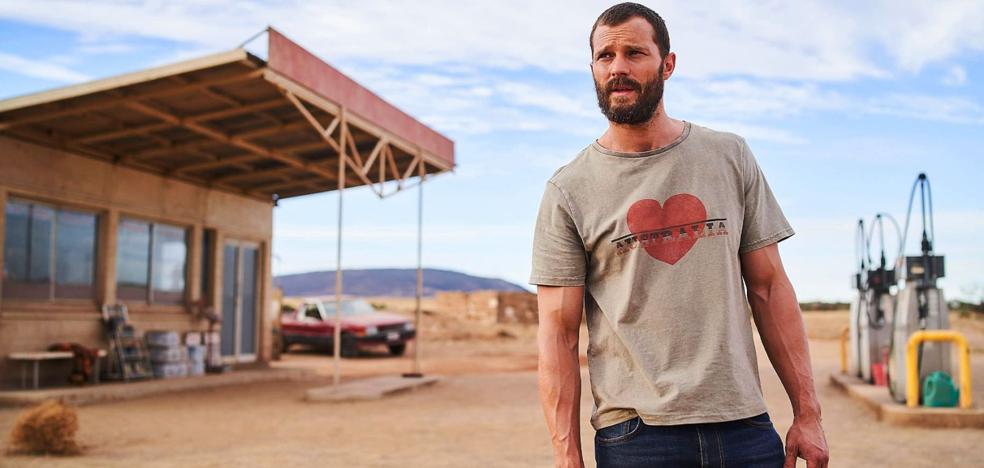In the barbarity of a war there are small stories with pleasant consequences that are illuminated through the passage of time from the human component.
A prolific maker of beautiful musical works, the German composer and conductor Richard Strauss (1864-1949) lived through the two world wars that devastated Europe. During his career he wrote fifteen operas, three ballets, eighteen songs with orchestra and 140 songs with piano, four symphonies, eight symphonic poems, two suites for orchestra and a series of concertos for various instruments.
At the end of his life he settled in the town of Garmish in the Bavarian Alps, along the road connecting Munich to Salzburg and there he enjoyed what was called his “Indian winter” compared to the Canadian autumn period of a beautiful multicolored landscape in where the temperatures rise slightly and which we know in Spain as the summer of San Miguel. In this “Indian winter” by an eighty-year-old Strauss, famous compositions such as Metamorphoses, the Concerto for oboe and the sublime Four Last Songs for soprano and orchestra were born.
In April 1945, as World War II in Europe drew to a close, a group of American soldiers arrested Richard Strauss at his villa in Garmisch. As he was about to go down the stairs, he identified himself as the composer of The Rose Knight and Salome, and was immediately recognized by Lieutenant Milton Weiss and Corporal John de Lancie, whose status as musicians meant to preserve the legacy of the and for this reason, they decided to mark their home to protect it from inconvenient searches.
Before enlisting, John de Lancie was an oboe soloist with the Pittsburgh Symphony Orchestra, and in a long conversation with Strauss, he asked him to compose a piece for this instrument. The request was rewarded within a few months with the score of the Concerto for oboe, opus 144, which was premiered in Zurich in February 1946 by the oboist Marcel Saillet, accompanied by the Tonhalle orchestra conducted by Volkmar Andreae. However, the grateful Strauss relinquished the rights to the US premiere to John de Lancie, who eventually recorded it to disc, although he wasn’t the person to premiere it there.
This Thursday we will have the opportunity to listen to the piece in the Víctor Villegas Auditorium, with the oboist Cristina Gómez Godoy and the Murcia Region Symphony Orchestra conducted by Virginia Martínez. It is a work by Strauss that combines all his life experience in three continuous movements according to the classic fast-slow-fast scheme. The music of the Oboe Concerto consists of small thematic fragments, one of which is similar in structure to the Destiny theme of Beethoven’s Fifth Symphony.
The oboe soloist is central to everything that happens on stage and faces the dual challenge of dealing with the interpretive technical demands and a physically demanding 56-bar input. The orchestration of the concerto is diminished, as is the case in most of the works Strauss composed towards the end of his life, but this gives it the intimate and meditative character of longing for what was and will never return.
Source: La Verdad
I’m Wayne Wickman, a professional journalist and author for Today Times Live. My specialty is covering global news and current events, offering readers a unique perspective on the world’s most pressing issues. I’m passionate about storytelling and helping people stay informed on the goings-on of our planet.



